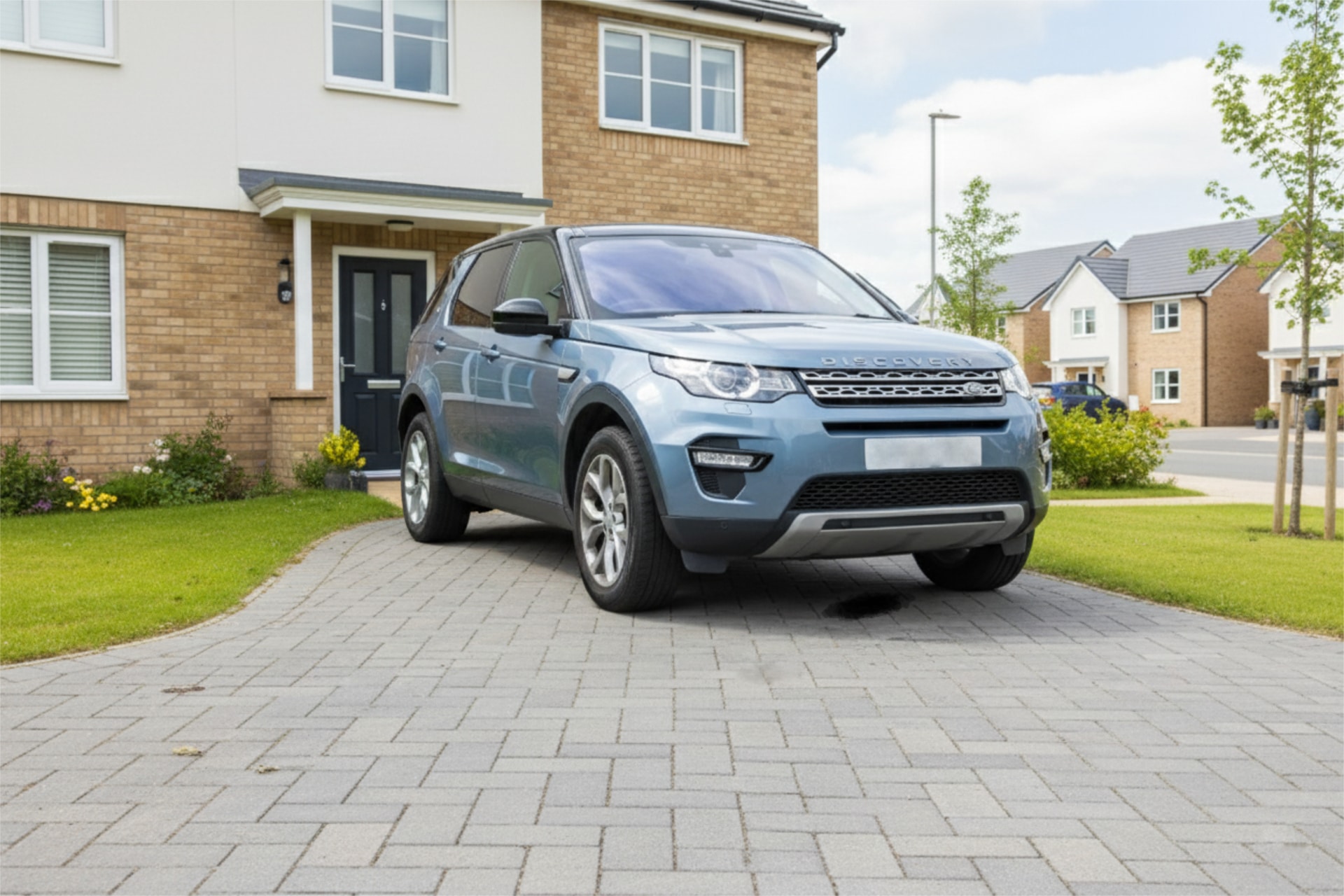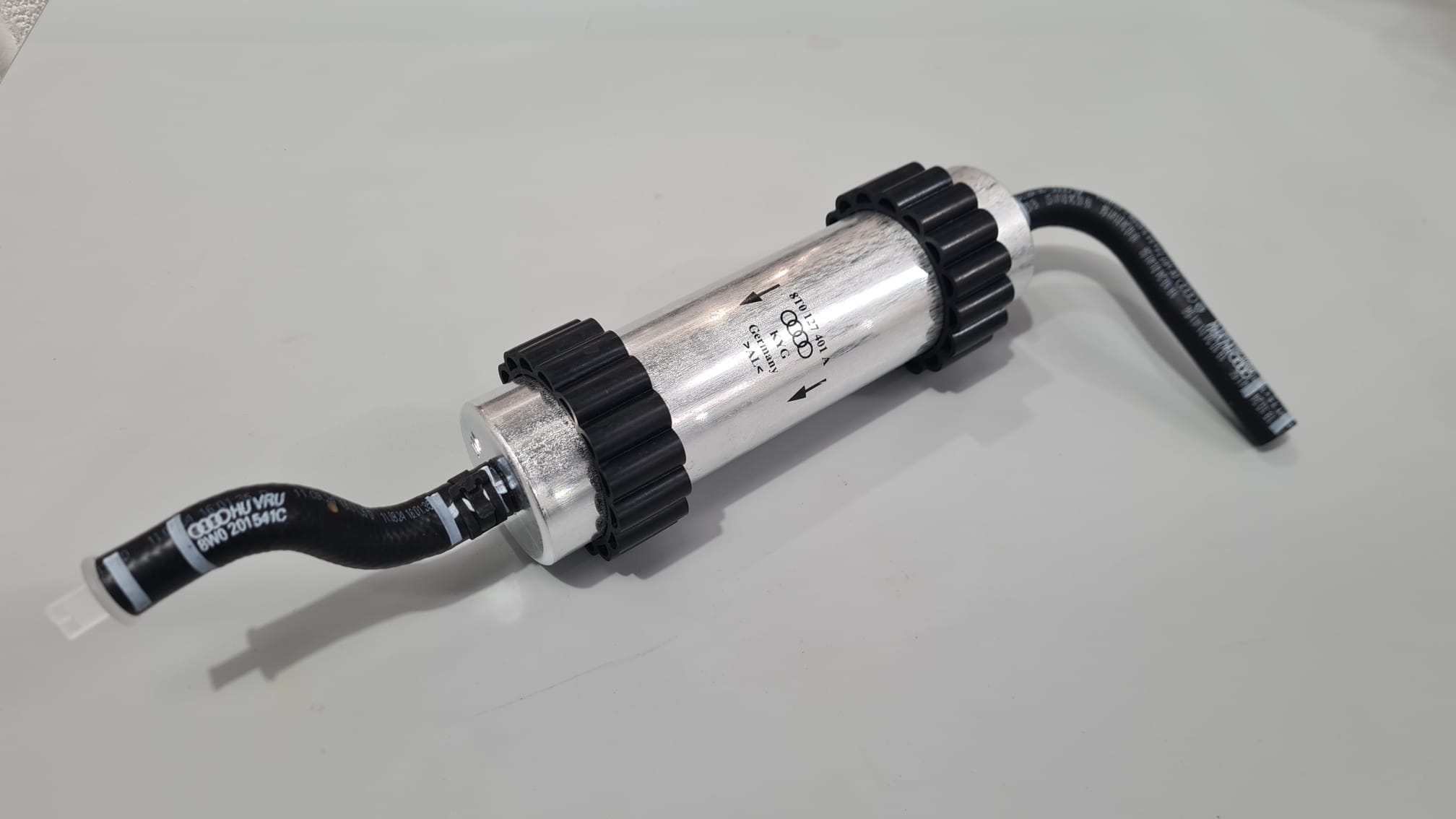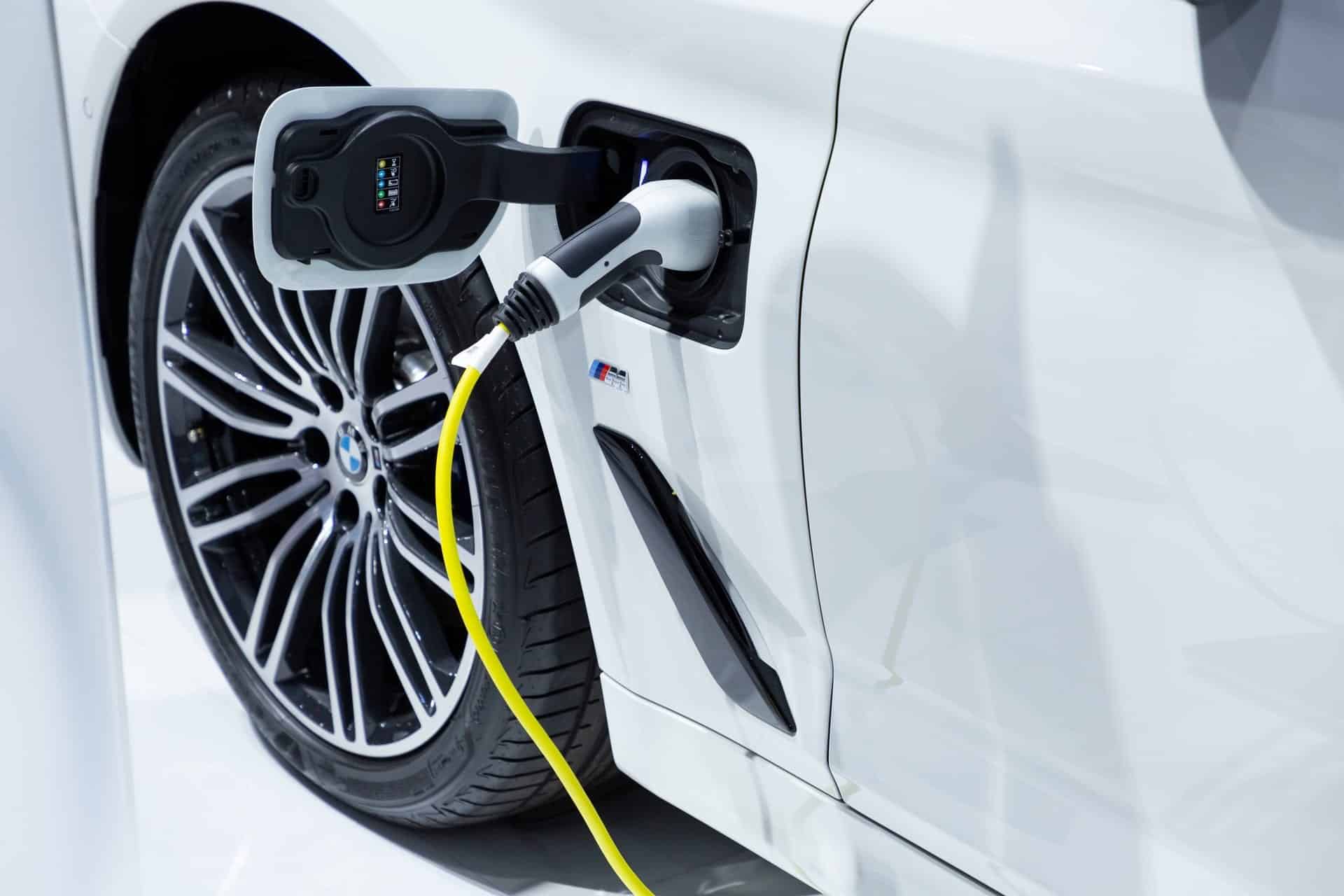Brake Pads
Brake pads are replaced more frequently than almost any other part of your car — yet most drivers don’t give them much attention until something doesn’t feel right. A squealing sound. A dashboard warning. A brake pedal that suddenly feels different.
This guide is here to make sure you act before it gets to that point.
At Fitch Autos, we’ve carried out thousands of brake inspections and replacements across Brownhills, Walsall, and Cannock. We’ve seen how brake pad wear can creep in quietly, turning from mild surface loss into disc damage that’s far more costly to fix. That’s why we’ve created this blog — to explain how brake pads work, what causes them to wear out, and what signs you need to look for before that wear puts your safety at risk.
If you’re driving in or around Wolverhampton, Tamworth, or the wider West Midlands, and you want honest, practical advice from a local independent garage, you’re in the right place.
Let’s begin with the essentials: what do your brake pads actually do?
How Brake Pads Help You Stop Safely
Let’s get straight to the point: brake pads are the components that bring your car to a safe stop. They sit within the brake calliper and press against the brake discs every time you apply the brakes. (Some vehicles use a drum-and-shoe setup instead, but the core function is very similar.)
These compact blocks of material are small but critical. When you push the brake pedal, hydraulic pressure forces the pads onto the rotating brake disc, generating the friction needed to slow your vehicle. That friction produces heat, often at extreme levels. Brake pads are designed to manage that heat while wearing down in a controlled, safe way.
Every time you apply the brakes, a tiny layer of the pad material is removed. That’s intentional; it’s how the system is engineered to work. But if the pads wear down too far, you’ll start to notice reduced braking efficiency. Leave it too long, and the metal backing of the pad can start to press against the brake discs, which leads to deeper damage and a much more expensive repair.
At Fitch Autos in Brownhills, we check your brake pads as part of every service or inspection. If they’re approaching their limit, we’ll let you know clearly and give you straightforward advice on what to do next — no upselling, just facts.
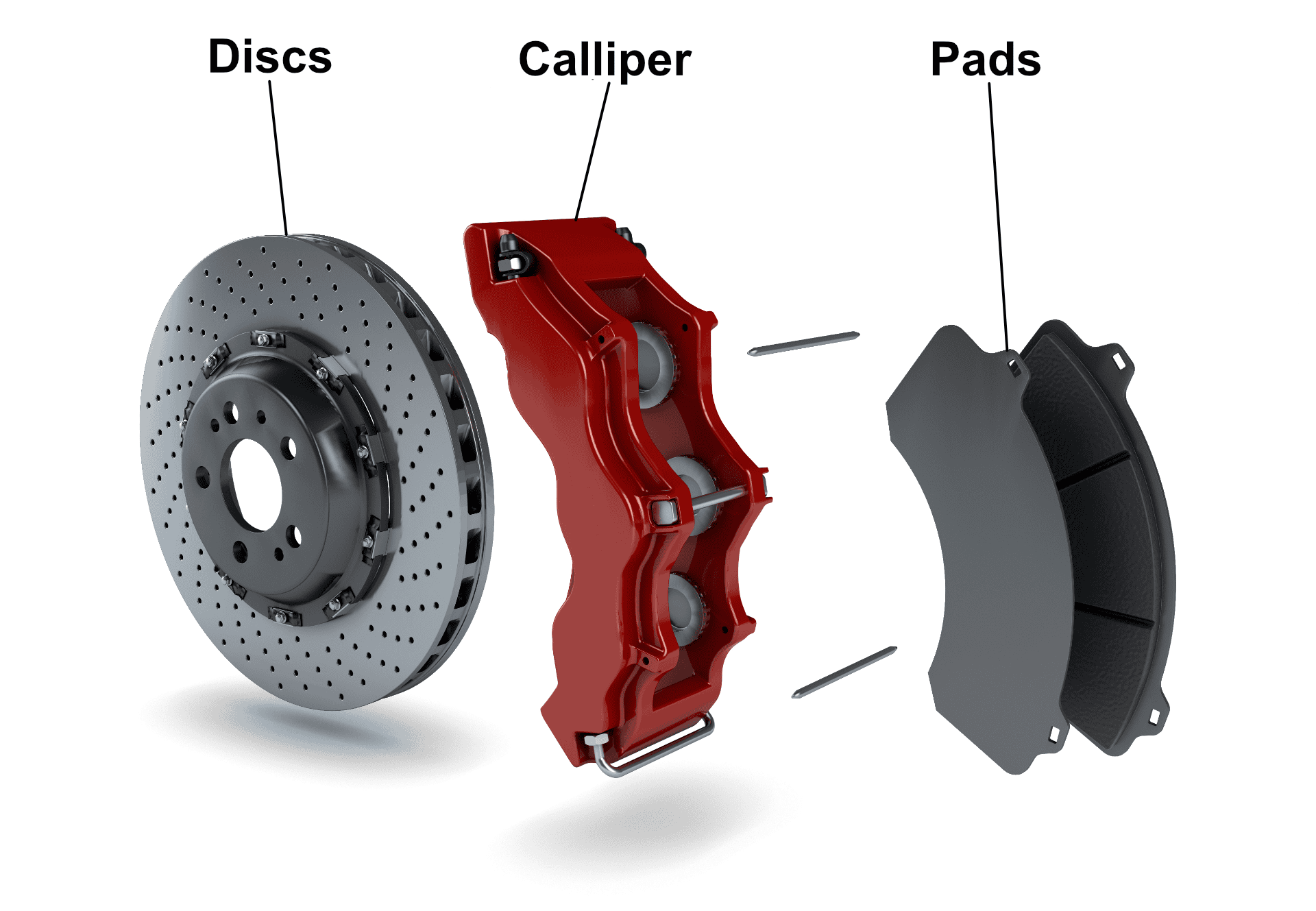
Different Brake Pad Types and Why They’re Not Interchangeable
All brake pads do the same job, but they don’t all do it the same way. The materials they’re made from, and how they behave under pressure, vary significantly. That’s why using the right type for your vehicle matters more than most drivers realise.
At Fitch Autos in Brownhills, we only fit brake pads that meet the manufacturer’s exact specification. That means no cutting corners with generic parts, and no guesswork when it comes to matching pad materials with your braking system. The pads, discs, and callipers all need to work in harmony to deliver safe, consistent braking.
Here’s a quick guide to the main types of brake pads and how they differ:
- Organic (NAO) pads: Made from a mixture of fibres like cellulose, aramid, and other organic materials. These pads are usually quiet and smooth, but they wear out quicker and don’t hold up well under high heat.
- Semi-metallic pads: Contain metal fibres like copper or steel, giving them stronger braking performance and better heat resistance. They can be noisier and generate more brake dust — and they often wear the discs faster too.
- Ceramic pads: Made with ceramic compounds and copper fibres. These pads manage heat extremely well, produce very little dust, and tend to be quieter. They’re often used in high-performance vehicles, but they also come with a higher price tag.
It’s not about picking the “best” pad, it’s about choosing the right one. Your vehicle’s braking system was designed around a specific type, and using something incompatible can lead to noise, poor wear patterns, or reduced performance.
That’s why every brake pad replacement at Fitch Autos is based on your car’s original design. We use the right parts, fitted the right way, for the right result.
What Causes Brake Pads to Wear Faster Than Expected?
Brake pads are built to wear down gradually, but in reality, some wear out far quicker than others. At Fitch Autos in Brownhills, we often find that accelerated wear isn’t just about mileage. It’s often the result of something else going wrong elsewhere in the braking system.
Here are the most common causes of premature brake pad wear, and why they matter:
- Calliper sticking or malfunctioning
If a calliper isn’t releasing properly after braking, it can keep the pad in light contact with the disc. This creates continuous friction, leading to uneven wear and overheating and may even damage the disc itself over time.
- Corroded or damaged discs
When brake discs are affected by corrosion, pitting, or warping, the pad surface can’t grip consistently. That leads to poor stopping performance and causes certain areas of the pad to wear down faster than others.
- Driving conditions and habits
Short journeys, city traffic, towing, or driving on hilly roads all demand frequent braking. That creates more heat and friction; the two key forces that accelerate brake pad wear under real-world conditions.
- Contamination from moisture or debris
Water, road salt, and dirt can accumulate inside the brake calliper or between the pad and backing plate. Over time, this can trigger corrosion, and in serious cases, cause the friction material to separate from the pad; a dangerous fault.
- Incorrect parts installed
Pads that don’t meet your vehicle’s specification may wear faster, reduce braking efficiency, or cause the system to become unbalanced. That’s why we always use the correct parts, chosen specifically for your make and model.
At Fitch Autos, we never look at brake pads in isolation. Our technicians inspect the entire braking system to identify the root cause of any abnormal wear and help you avoid bigger repairs down the line.
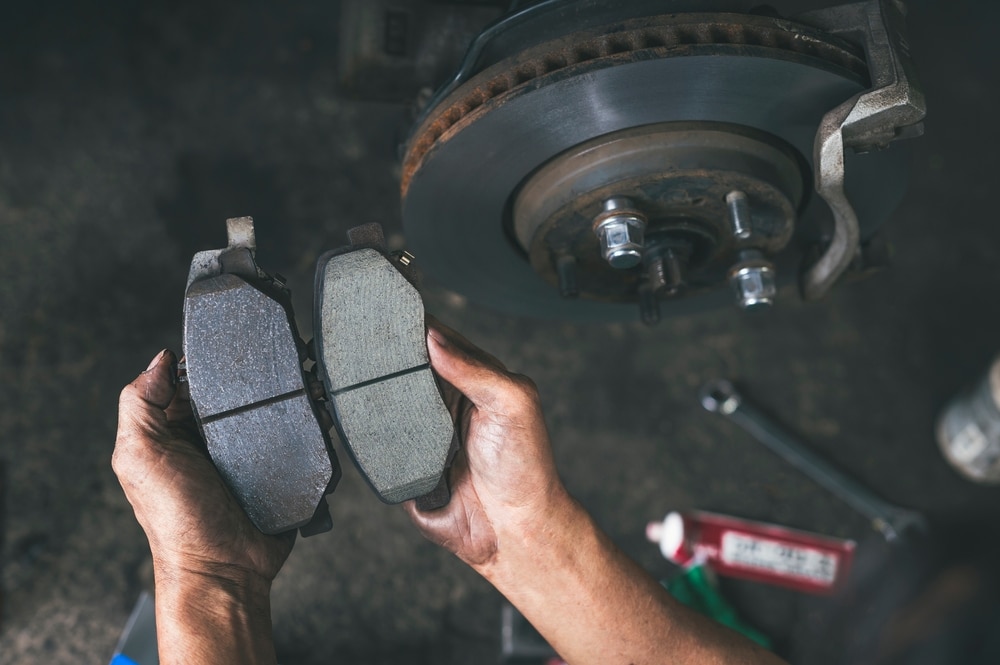
Worn Brake Pads? Here’s How to Spot the Warning Signs
It’s unusual for brake pads to wear out silently. In most cases, there’s a warning before things become serious — whether it’s a sound, a visual alert on your dashboard, or a change in how your car responds when braking.
Here’s what to listen and look out for:
- Screeching or high-pitched squealing
Many brake pads include a wear indicator; a small metal tab that’s designed to make a sharp noise once the pad material drops below a certain thickness. It’s not a fault, it’s a feature, giving you a clear cue that it’s time for a check.
- Grinding sounds when braking
A loud, abrasive grinding noise typically means the friction material has worn away completely. At this point, the metal backing plate may be in contact with the disc, which can seriously compromise stopping power and lead to expensive repairs.
- Dashboard brake warning light
Some cars are fitted with electronic pad wear sensors. When the pads get close to their minimum thickness, the sensor triggers a warning light on the dash. This isn’t a general reminder; it’s a direct safety alert.
- Change in braking feel
A spongy pedal, slower stopping response, or a noticeable change in how your brakes feel could all point to worn pads or another system issue. These symptoms should always be checked by a trained technician.
At Fitch Autos in Brownhills, we treat any change in braking performance as a priority. If something doesn’t feel right, we’ll carry out a thorough brake inspection and explain exactly what we find; clearly, honestly, and without upselling.
Why Delaying a Brake Pad Change Isn’t Worth the Risk
Brake pads don’t go from safe to dangerous overnight. Once they’ve worn past a certain point, things can deteriorate quickly. And if they’re not replaced in time, the cost and complexity of repairs often increase fast.
Brake pads are built to wear gradually. But as the friction material thins out, the remaining surface wears down more rapidly. If left too long, the metal backing plate may begin to press against the brake discs, and that’s when the damage escalates.
At that stage, you’re not just looking at a brake pad replacement. You may also need new discs, and in some cases, the excessive heat and stress can start to impact the callipers or even the brake fluid itself.
At Fitch Autos in Brownhills, we’ve seen how quickly a routine job turns into a full braking system overhaul when action is delayed. That’s why we always recommend getting your brakes checked if you notice any signs of wear — or if it’s simply been a while since your last inspection.
A prompt check can protect your safety, prevent further damage, and keep your repair costs to a minimum. With brake pads, waiting too long is never worth the gamble.
Brake Pad Checks and Replacements You Can Rely On
Brake pads might be small, but their role in your car’s safety couldn’t be more important. Just like tyres, wipers, and lights, they need to be checked before they fail, not after.
At Fitch Autos, we carry out every brake pad replacement using parts that meet your vehicle’s original specification. Our trained technicians follow strict procedures to ensure all work is completed to a high standard, with no unnecessary upsells or shortcuts — just clear advice and dependable service.
Book Your Brake Pad Check with Fitch Autos in Brownhills
We offer a 12-month parts and labour guarantee on all brake work and provide a free courtesy car while your vehicle’s with us.
We support drivers across Brownhills, Walsall, Cannock, and the surrounding area with trusted brake inspections and replacements.
We have a {{average-rating}} star Google rating from {{review-count}} satisfied customers — and we’re here when you need us.
📞 Call 01543 452630 today to book your brake pad check with Fitch Autos.
